Sanctuary of Asclepius and Port of Trade in Crete
Lebena, an ancient city on the southern coast of Crete, is renowned for its Sanctuary of Asclepius, the Greek god of medicine. The city’s strategic location near a good harbor and its association with the healing cult of Asclepius made it an important center for both trade and religious pilgrimage. Lebena was also a significant port for trade and commerce with the East during the Prepalatial period.
Historical Background
Neolithic and Early Minoan Periods (ca. 3rd millennium BC)
The site of Lebena has a long history of occupation, with evidence of inhabitation dating back to the Neolithic and Early Minoan periods (ca. 3rd millennium BC). The presence of a variety of Eastern imports in secure Prepalatial contexts at Lebena, including faience, gold, ivory, and Egyptian scarabs, suggests that Lebena was a significant port for trade and commerce with the East during this time.
Late Classical Period (ca. 4th century BC)
In the Late Classical period (ca. 4th century BC), the Gortynians established the sanctuary dedicated to Asclepius at the harbor. The city was destroyed by a powerful earthquake in 46 BC but was subsequently rebuilt.
Roman Period
The sanctuary continued to flourish throughout the Roman period, as evidenced by the numerous inscriptions and archaeological finds from the site.
Lebena as a Port of Trade
The strategic location of Lebena on the south coast of Crete made it an ideal location for a port. The sheltered bay would have provided a safe harbor for ships, and the proximity to the Asterousia Mountains would have offered protection from storms. Additionally, Lebena’s location on the south coast would have made it a convenient stopping point for ships traveling between the Aegean and the Near East. The presence of Eastern imports at Lebena suggests that the site was an important point of contact between Crete and the East during the Prepalatial period. The imported goods found at Lebena, such as faience, gold, ivory, and Egyptian scarabs, were all valuable commodities that would have been in high demand in Crete. The presence of these goods at Lebena suggests that the site was a major center for trade and commerce with the East.
The findings at Lebena provide evidence of the active participation of Crete in the wider Mediterranean trade network during the Early Minoan period. The presence of Eastern imports at Lebena also suggests that the site played a role in the development of Minoan culture. The contact with the East would have exposed the Minoans to new ideas and technologies, which may have contributed to the development of their unique culture.
The Sanctuary of Asclepius
The Sanctuary of Asclepius at Lebena was a sacred complex dedicated to the worship of the god of healing and medicine. It was a place where people from all over Crete and beyond would come to seek cures for their ailments. While ritual bathing was strongly associated with the cult of Asclepius, it also featured at sanctuaries dedicated to Artemis. The connection between Aphaia and Diktynna is significant in this context, as they represent local assimilations of Artemis. Worship has been attested since the ninth century BC at the Diktynnaion Sanctuary in western Crete, but clear evidence addressing the deity Artemis Diktynna only emerges in the Classical period. The continuity of cult from earlier periods at these three centres and their association with bathing in the Roman period promotes them as potentially good candidates for yielding evidence for pre-Roman bathing.
The sanctuary was typically equipped with various structures to support the practices associated with the cult, including:
-
Temple: A temple dedicated to Asclepius, where offerings and sacrifices were made.
-
Abaton: A building where patients would sleep, hoping for divine intervention in their dreams to bring about healing.
-
Sacred Spring: A natural spring, believed to have healing properties, used for ritual cleansing and hydrotherapy.
Archaeological Finds
Archaeological excavations at Lebena have unearthed a wealth of finds related to the cult of Asclepius, including:
-
Inscriptions: Numerous inscriptions, recording dedications to Asclepius and other deities, as well as providing insights into the administration and practices of the sanctuary.
-
Sculptures: Sculptures and figurines, depicting Asclepius, his family, and other associated figures. Two distinct groups of sculptures were reportedly found at Lebena. The first group was probably photographed in 1900, during Federico Halbherr’s excavations (fig. 1). The second group must date after 1911, the year when Luigi Pernier discovered the stoa superiore upper stoa – which provides the background for the photo (fig. 2). Unfortunately, all these sculptures are, to the best of my knowledge, lost, except for the fragmentary draped torso recognizable in the second photo and still visible at the archaeological site.
-
Medical Instruments: Medical instruments and votive offerings, left by patients seeking or expressing gratitude for healing.
Site: Key Points
-
Construction Period: Late Classical period (ca. 4th century BC)
-
Location: Southern coast of Crete, near Lentas
-
Dimensions: The fountain, located to the south of the Nymphaion, was linked by a closed pipe to the spring, located at a distance of 9 m and altitude 25 m. The spring capacity was .
-
Historical Significance: Important center for the cult of Asclepius, attracting pilgrims seeking healing. Lebena was also a significant port for trade and commerce with the East during the Prepalatial period.
-
Current Status: Archaeological site, partially excavated and open to the public.
References
-
Angelakis, A.Ν. (2015) ‘The history of fountains and relevant structures in Crete, Hellas’, Int. J. Global Environmental Issues, Vol. 14, Nos. 3/4, pp.200–215.
-
Kelly, A. (2013) ‘Roman Bathhouses on Crete as indicators of cultural transition: The dynamics of Roman influence’, in Gardner, A., Herring, E. and Lomas, K. (Eds.): Creating Ethnicities & Identities in the Roman World, pp.131–167, Institute of Classical Studies, School of Advanced Study, University of London, London.
-
Karambinis, M. (2022) ‘The cities of Crete under Roman rule (1st-3rd centuries AD)’, Journal of Greek Archaeology, Vol. 7, pp.233–268.
-
Vendramin, D. (2021) ‘A Contested Landscape. Addressing Social Organisation in the Prepalatial Asterousia (Crete): the Lebena tombs as a Case-Study’, in (R)evolutions: in Search of Radical-scapes in the Aegean Bronze Age, pp.1-19, University of Crete, Rethymno.
-
Melfi, M. (2009) ‘Lost sculptures from the Asklepieion of Lebena’, Creta Antica, Vol. 10/11, pp.607-621.














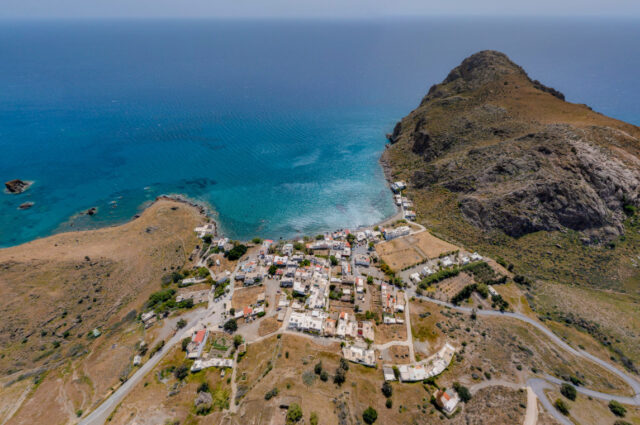





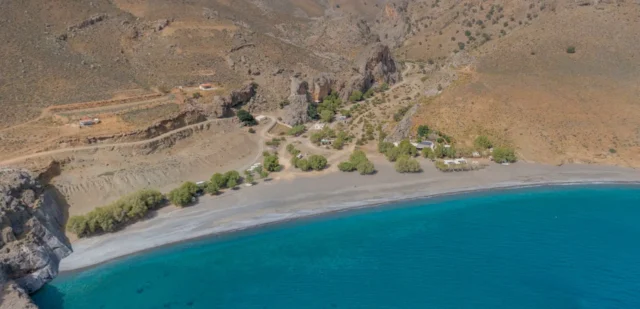
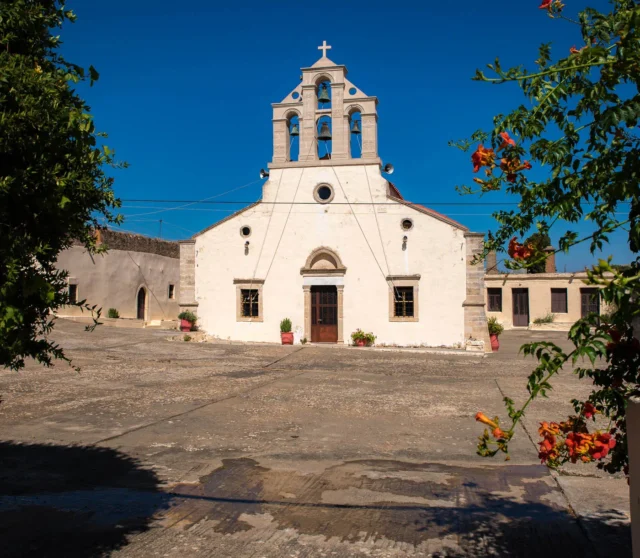

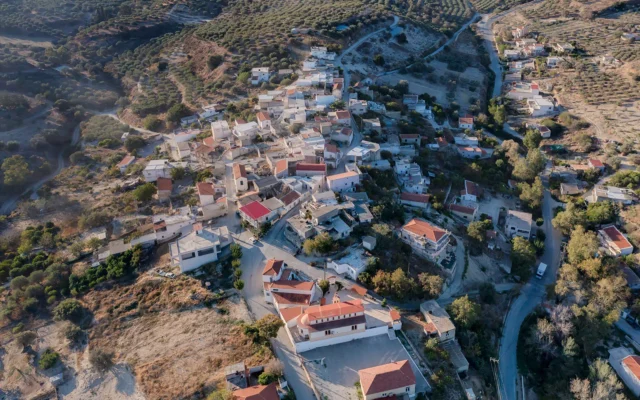
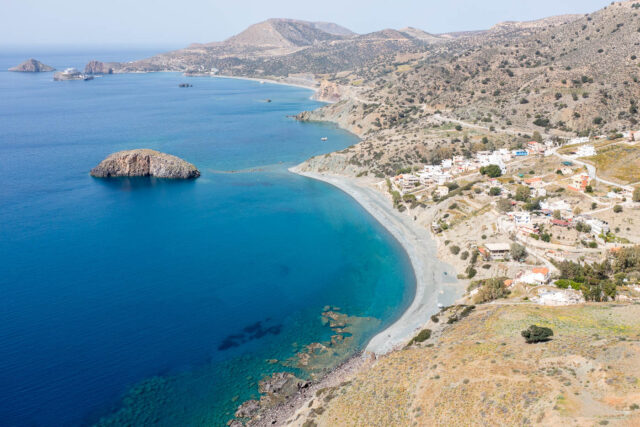
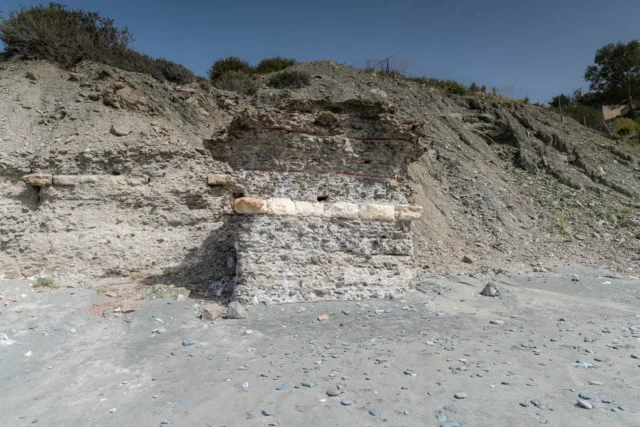

There are no comments yet.